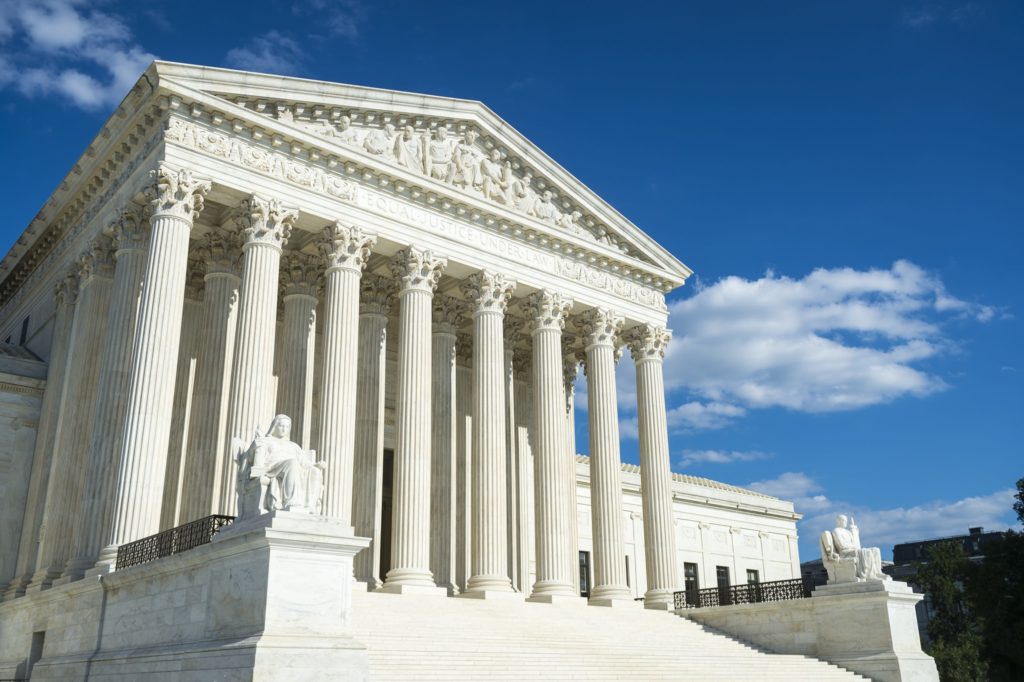It’s time for insurance reform in Louisiana
Louisiana is vulnerable to extreme weather and natural catastrophes in ways only a few other states experience. By all indications, that exposure will only grow worse, as a combination of sea rise, erosion and subsidence causes Louisiana to lose a football field’s worth of land each hour.
But thanks to government suppression of price signals, the dangers posed to coastal Louisiana have been purposely rendered invisible to those most vulnerable.
Regulation of Louisiana’s insurance market keeps companies from charging rates that reflect the actual risk of catastrophe. The result is that insurers understate natural disaster risks, ostensibly to make coverage more affordable. While maintaining affordability is important, state policymakers must adopt a long-term view, which is tough, given the short-term nature of the campaign cycle.
Underpricing risk pushes more and more of the cost of recovery onto the backs of government and, ultimately, the taxpayers. It also misaligns the incentives for where and how to build. Coastal residents are well aware that they are confronted by a special type of risk. But without accurate prices, it is difficult for those residents to judge just how vulnerable they really are.
Risk-based pricing goes a long way to determine how consumers will pay for their risky choices. By not allowing prices to communicate risk accurately, policymakers build foundation of economic sand that will wash away in a catastrophe.
It is past time for policymakers to apply free-market principles to disaster planning and preparation. A big step would be to scrap a requirement that compels insurers to maintain premium-distorting homeowners’ insurance policies. Today, insurers may not cancel or non-renew a policy that has been in force for three years, even if it’s certain that the insurer will lose money on the continuing coverage. Such rules inevitably and unfairly inflate the cost of insurance for those who choose to live in less risky parts of the state.
This well-meaning requirement was motivated by the belief that insurers rush to leave markets after a catastrophe. While it is true that some companies may pare back their book of business following an extreme hurricane, this has more to do with an insurer’s solvency and ability to pay claims than it does an insurer’s uncertainty about their underwriting performance.
The great irony of the three-year rule is that, if insurers are unable to limit their exposure to risk in the future, they’re much more likely to limit how much coverage they offer today, or never start offering it in the first place. Clearly, it’s hard to measure how many companies aren’t competing in the Louisiana market today due to the three-year rule, but the results can be felt not only in the homeowners insurance market, but in the lending, real estate and building industries, as well.
Last session, the state Legislature signaled it fully supports the three-year rule by updating a number of its provisions. To the extent they did so under the impression their actions would improve the long-term viability of the state’s insurance market, they acted against the interest of Louisianans.







